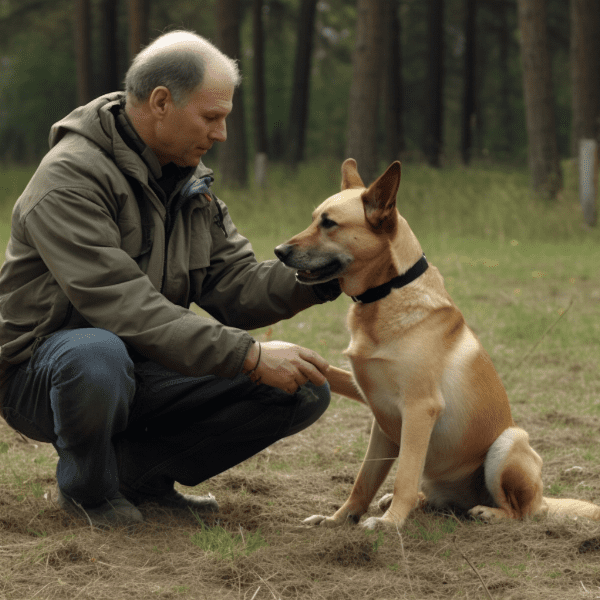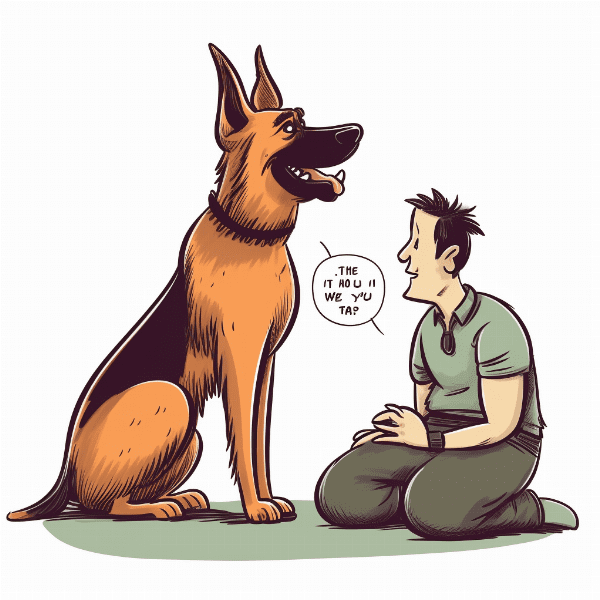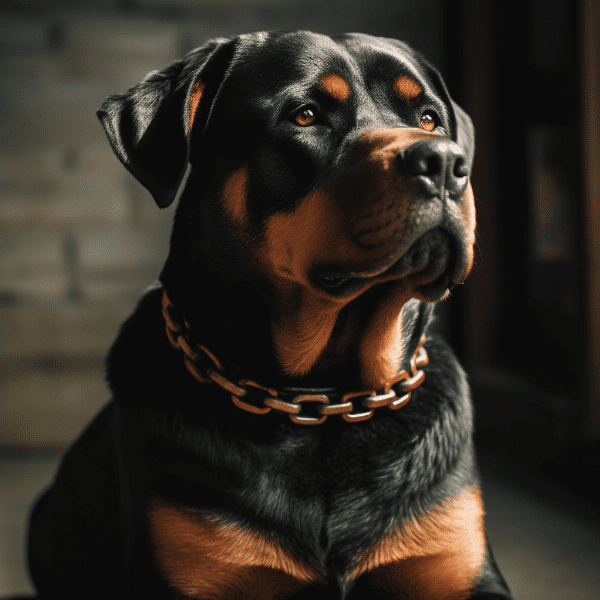Table of Contents
- Understanding the Causes of Dog Aggression Towards Other Dogs
- Signs and Symptoms of Aggression in Dogs
- Training Techniques for Managing Dog Aggression
- Socializing Your Dog to Prevent Aggression
- Managing Aggression in Multi-Dog Households
- Identifying Triggers and Avoiding Aggression
- Using Positive Reinforcement to Address Aggressive Behaviors
- Seeking Professional Help for Severe Aggression Issues
- Tips for Keeping Yourself and Your Dog Safe During Training
- Maintaining Consistency and Patience in Managing Dog Aggression
Understanding the Causes of Dog Aggression Towards Other Dogs
Understanding the root causes of Dog aggression towards other dogs is crucial for effective management and prevention of this behavior. Here are some factors that can contribute to aggressive behavior in dogs:
Lack of Proper Socialization
Dogs that were not properly socialized during their early years are more likely to show aggression towards other dogs. When they are not exposed to other dogs in a controlled and positive environment, they may develop a fear of unfamiliar dogs and become aggressive when they encounter them.
Territorial Behavior
Dogs are naturally territorial creatures, and some dogs may become aggressive towards other dogs that they perceive as a threat to their territory. This behavior is often seen in dogs that have not been properly trained or socialized.
Fear and Anxiety
Dogs that are anxious or fearful may also exhibit aggressive behavior towards other dogs. When dogs are in a state of fear, they may lash out at other dogs as a way of protecting themselves.
Medical Issues
In some cases, Dog aggression towards other dogs may be caused by an underlying medical issue. Dogs that are in pain or discomfort may be more prone to aggressive behavior towards other dogs. It’s essential to rule out any medical issues that may be contributing to your dog’s aggression.
Resource Guarding
Dogs may become aggressive towards other dogs that try to take their food, toys, or other possessions. This behavior is known as resource guarding and can lead to serious fights between dogs.
Understanding the causes of dog aggression towards other dogs is the first step in effectively managing this behavior. By identifying the underlying causes of aggression, you can develop a plan to prevent and address aggressive behavior in your dog.
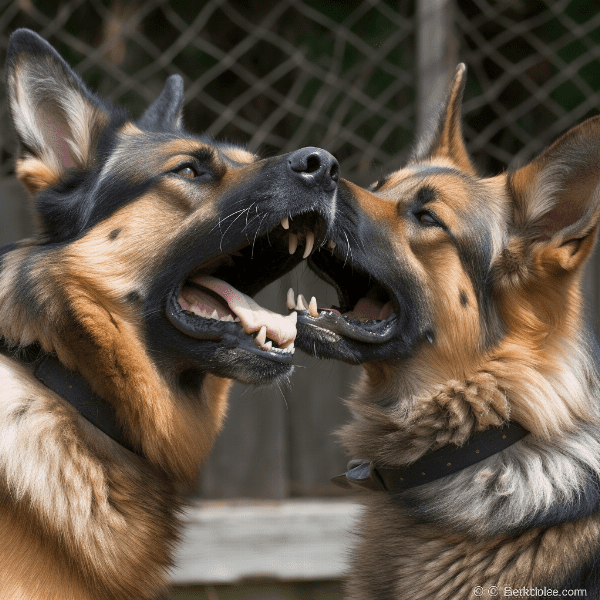
Signs and Symptoms of Aggression in Dogs
Recognizing the signs and symptoms of aggression in dogs is crucial for preventing and managing aggressive behavior. Here are some common signs of aggression in dogs:
Growling and Snarling
Growling and snarling are vocalizations that dogs use to show aggression. These sounds may be accompanied by bared teeth and a raised lip.
Stiff Body Language
When a dog is aggressive, they may hold their body stiffly, with their ears back, tail raised, and hackles up. This is a sign that the dog is feeling threatened or defensive.
Lunging and Biting
Lunging and biting are the most obvious signs of aggression in dogs. If a dog is growling, snarling, and showing signs of a stiff body language, they may be preparing to lunge or bite.
Avoiding Eye Contact
Dogs that are feeling aggressive may avoid eye contact with other dogs or people. This is a sign that the dog is uncomfortable and may lash out if approached.
Excessive Barking
Excessive barking is another sign of aggression in dogs. Dogs that are feeling threatened may bark loudly and continuously to try and scare away the perceived threat.
Tail Wagging
While tail wagging is often seen as a sign of happiness or friendliness, it can also be a sign of aggression in some dogs. Dogs that are wagging their tails rapidly and stiffly may be feeling agitated or aggressive.
It’s important to recognize these signs and symptoms of aggression in dogs so that you can take steps to prevent and manage aggressive behavior. If you notice any of these signs in your dog, seek the help of a professional dog trainer or behaviorist to address the problem.
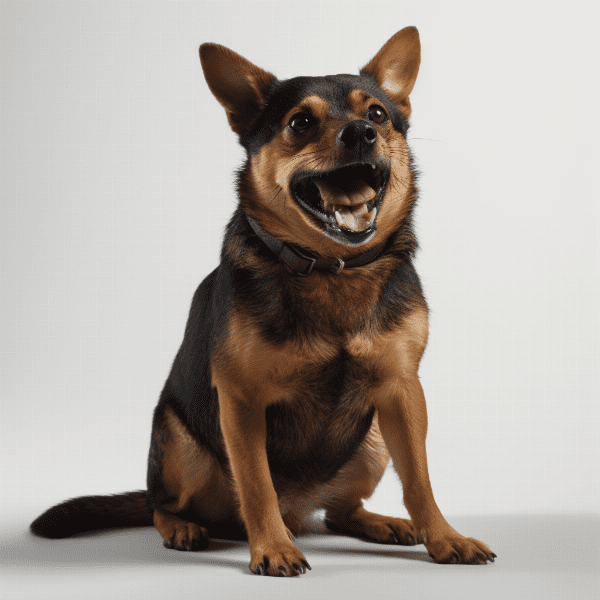
Training Techniques for Managing Dog Aggression
There are several effective training techniques that can help manage dog aggression towards other dogs. Here are some techniques to consider:
Counter-Conditioning
Counter-conditioning is a training technique that involves exposing dogs to the things that trigger their aggression in a controlled and positive environment. This technique can help dogs associate positive experiences with the things that previously triggered their aggressive behavior.
Desensitization
Desensitization is a technique that involves gradually exposing dogs to the things that trigger their aggression while keeping them below the threshold where they become reactive. This technique can help dogs become more comfortable and less reactive to the things that previously triggered their aggression.
Leash Training
Leash training is a technique that involves teaching dogs to walk on a leash without pulling or lunging. This technique can be useful for managing dog aggression towards other dogs when out on walks.
It’s important to use these training techniques consistently and with patience to effectively manage dog aggression towards other dogs. Seeking the help of a professional dog trainer or behaviorist can also be helpful in addressing more severe cases of aggression.
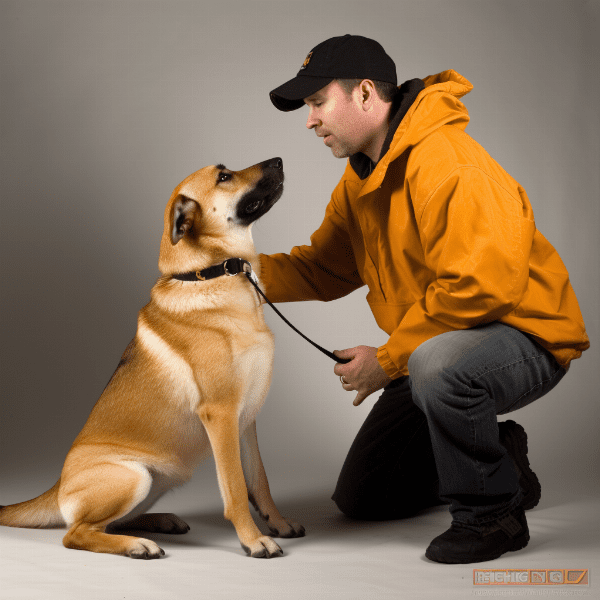
Socializing Your Dog to Prevent Aggression
Socializing your dog from a young age is one of the most effective ways to prevent aggression towards other dogs. Here are some tips for socializing your dog:
Start Early
Socialization should begin as early as possible, ideally between 3 and 14 weeks of age. During this time, puppies are more receptive to new experiences and are less likely to develop a fear of unfamiliar dogs.
Expose Your Dog to Different Environments
Expose your dog to different environments, such as parks, beaches, and busy streets, to help them become comfortable around different types of dogs and people. This will help prevent fear-based aggression towards unfamiliar dogs.
Attend Puppy Socialization Classes
Puppy socialization classes can be a great way to socialize your dog in a controlled and supervised environment. These classes allow puppies to interact with other puppies under the guidance of a professional trainer.
.

Managing Aggression in Multi-Dog Households
Aggression between dogs in a multi-dog household can be a challenging and potentially dangerous situation. Here are some tips for managing aggression in multi-dog households:
Identify the Trigger
Identify the trigger that causes the aggression between your dogs. This could be a specific toy, food, or even a particular area of the house. Once you have identified the trigger, you can work to manage the situation and prevent future conflicts.
Separate Your Dogs
If the aggression between your dogs is severe, it may be necessary to separate them. This can be done by keeping them in different rooms or using baby gates to separate them. Gradually reintroduce them to each other under supervision once they have calmed down.
Train Your Dogs Separately
Training your dogs separately can help prevent competition and aggression between them. This will also allow you to focus on each dog’s individual needs and personality.
.

Identifying Triggers and Avoiding Aggression
Identifying the triggers that cause your dog to become aggressive towards other dogs is an essential part of managing and preventing aggressive behavior. Here are some tips for identifying triggers and avoiding aggression:
Observe Your Dog’s Body Language
Observe your dog’s body language when they are around other dogs. Look for signs of stress, fear, and aggression, such as growling, snarling, and a stiff body posture.
Identify Triggering Objects or Situations
Identify the objects or situations that trigger your dog’s aggressive behavior. This could be another dog, a specific toy, food, or a particular area of the house.
Avoid Triggering Situations
Avoid situations that trigger your dog’s aggressive behavior. This may mean avoiding certain areas of the house or keeping your dog away from other dogs in the park.
Provide Plenty of Exercise and Mental Stimulation
Providing your dog with plenty of exercise and mental stimulation can help reduce their overall stress levels and prevent aggressive behavior towards other dogs.
.
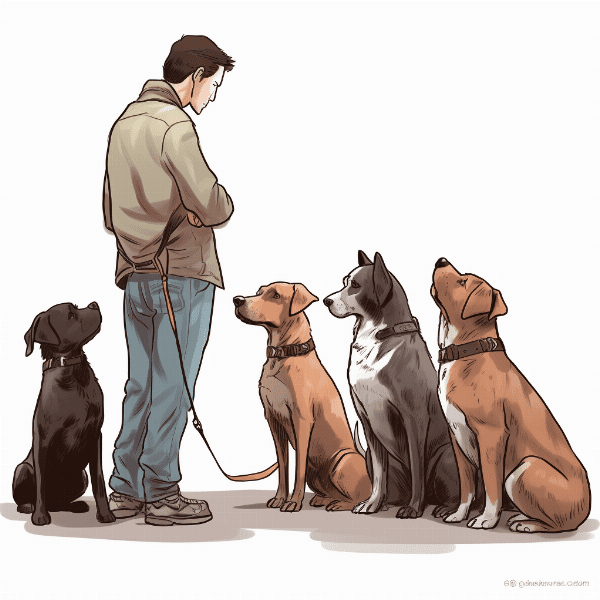
Using Positive Reinforcement to Address Aggressive Behaviors
Positive reinforcement is an effective technique for addressing aggressive behaviors in dogs. Here are some tips for using positive reinforcement to manage your dog’s aggression towards other dogs:
Reward Good Behavior
Reward your dog for good behavior around other dogs with treats, praise, and play. This will help your dog associate positive experiences with being around other dogs.
Use a Clicker
Use a clicker to mark desired behavior and reward it with treats or praise. This technique can be used to train your dog to react positively to other dogs and to replace aggressive behavior with more appropriate behavior.
Socialize Your Dog
Socialize your dog with other dogs in a controlled and positive environment. This will help your dog become more comfortable and less reactive to other dogs.
.
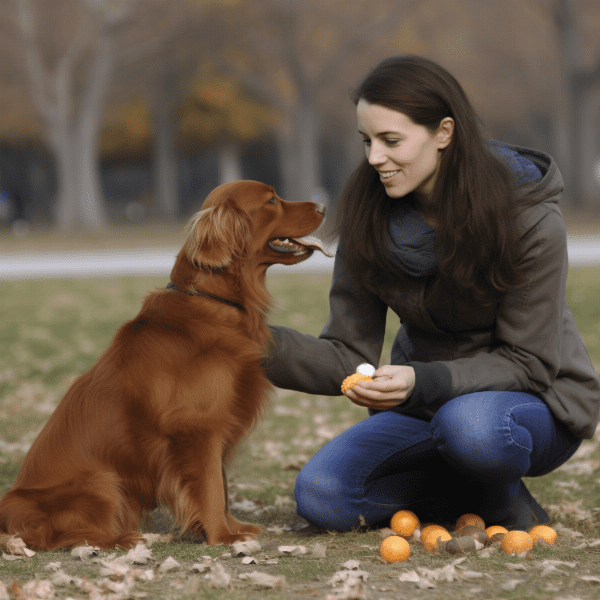
Seeking Professional Help for Severe Aggression Issues
If your dog’s aggression towards other dogs is severe or if you are having difficulty managing the behavior on your own, seeking the help of a professional dog trainer or behaviorist is essential. Here are some reasons why professional help may be necessary:
Safety Concerns
If your dog’s aggression is putting other dogs or people in danger, seeking professional help is crucial. A professional dog trainer or behaviorist can help you develop a plan to manage the aggression and keep everyone safe.
Severity of the Aggression
If your dog’s aggression is severe and is not responding to positive reinforcement or other management techniques, seeking professional help is necessary. A professional can evaluate your dog’s behavior and develop a plan that addresses the underlying causes of the aggression.
Underlying Medical Conditions
If your dog’s aggression is caused by an underlying medical condition, seeking professional help is necessary. A professional can work with your veterinarian to rule out any medical issues that may be contributing to the aggression.
Proper Training Techniques
A professional dog trainer or behaviorist can provide you with the proper training techniques to manage your dog’s aggression towards other dogs. They can work with you to develop a training plan that addresses your dog’s individual needs and personality.
Seeking professional help for severe aggression issues is crucial for the safety and well-being of your dog and others. A professional can provide you with the expertise and guidance needed to manage your dog’s aggression and prevent future conflicts.
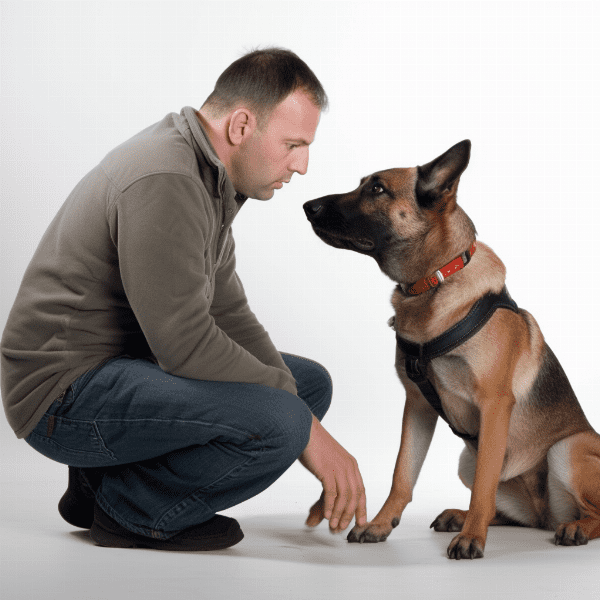
Tips for Keeping Yourself and Your Dog Safe During Training
Training your dog to manage aggression towards other dogs can be challenging and potentially dangerous. Here are some tips for keeping yourself and your dog safe during training:
Use a Professional Trainer or Behaviorist
Using a professional dog trainer or behaviorist can help ensure that you and your dog are safe during training. They can provide you with the expertise and guidance needed to manage your dog’s aggression safely and effectively.
Use a Muzzle
Using a muzzle can help prevent your dog from biting or injuring other dogs during training. Make sure to use a properly fitted muzzle that allows your dog to breathe and pant comfortably.
Supervise Your Dog
Always supervise your dog during training sessions, especially if your dog has a history of aggression towards other dogs. Keep your dog on a leash and use a secure harness to prevent them from escaping or becoming aggressive towards other dogs.
Know Your Dog’s Triggers
Knowing your dog’s triggers is essential for managing their aggression towards other dogs. Avoid situations that trigger your dog’s aggression, and work with a professional to develop a plan to manage their behavior.
Stay Calm
Staying calm during training sessions is crucial for keeping yourself and your dog safe. If you become anxious or fearful, your dog may pick up on your emotions and become more anxious and reactive.
Training your dog to manage aggression towards other dogs requires patience, consistency, and a willingness to work with your dog’s individual needs. By using a professional trainer, using positive reinforcement, using a muzzle, supervising your dog, knowing your dog’s triggers, and staying calm, you can help keep yourself and your dog safe during training sessions.

Maintaining Consistency and Patience in Managing Dog Aggression
Managing dog aggression towards other dogs requires consistency and patience. Here are some tips for maintaining consistency and patience during the training process:
Set Realistic Goals
Set realistic goals for managing your dog’s aggression towards other dogs. This will help you stay focused and motivated during the training process.
Develop a Training Plan
Develop a training plan that is tailored to your dog’s individual needs and personality. Work with a professional dog trainer or behaviorist to develop a plan that addresses your dog’s aggression and promotes positive behavior.
Use Positive Reinforcement
Using positive reinforcement is a safe and effective way to manage your dog’s aggression towards other dogs. Consistently reward good behavior with treats, praise, and play.
Be Patient
Managing dog aggression towards other dogs can be a long and challenging process. Be patient with your dog and remember that progress takes time.
Stay Consistent
Consistency is key when managing dog aggression towards other dogs. Use the same training techniques and reward good behavior consistently to promote positive behavior.
Seek Professional Help
If you are having difficulty managing your dog’s aggression towards other dogs or if the aggression is severe, seek the help of a professional dog trainer or behaviorist. They can provide you with the guidance and support needed to manage the aggression safely and effectively.
Managing dog aggression towards other dogs requires consistency, patience, and a willingness to work with your dog’s individual needs. By setting realistic goals, developing a training plan, using positive reinforcement, being patient, avoiding punishment, staying consistent, and seeking professional help when necessary, you can effectively manage your dog’s aggression and promote positive behavior.
